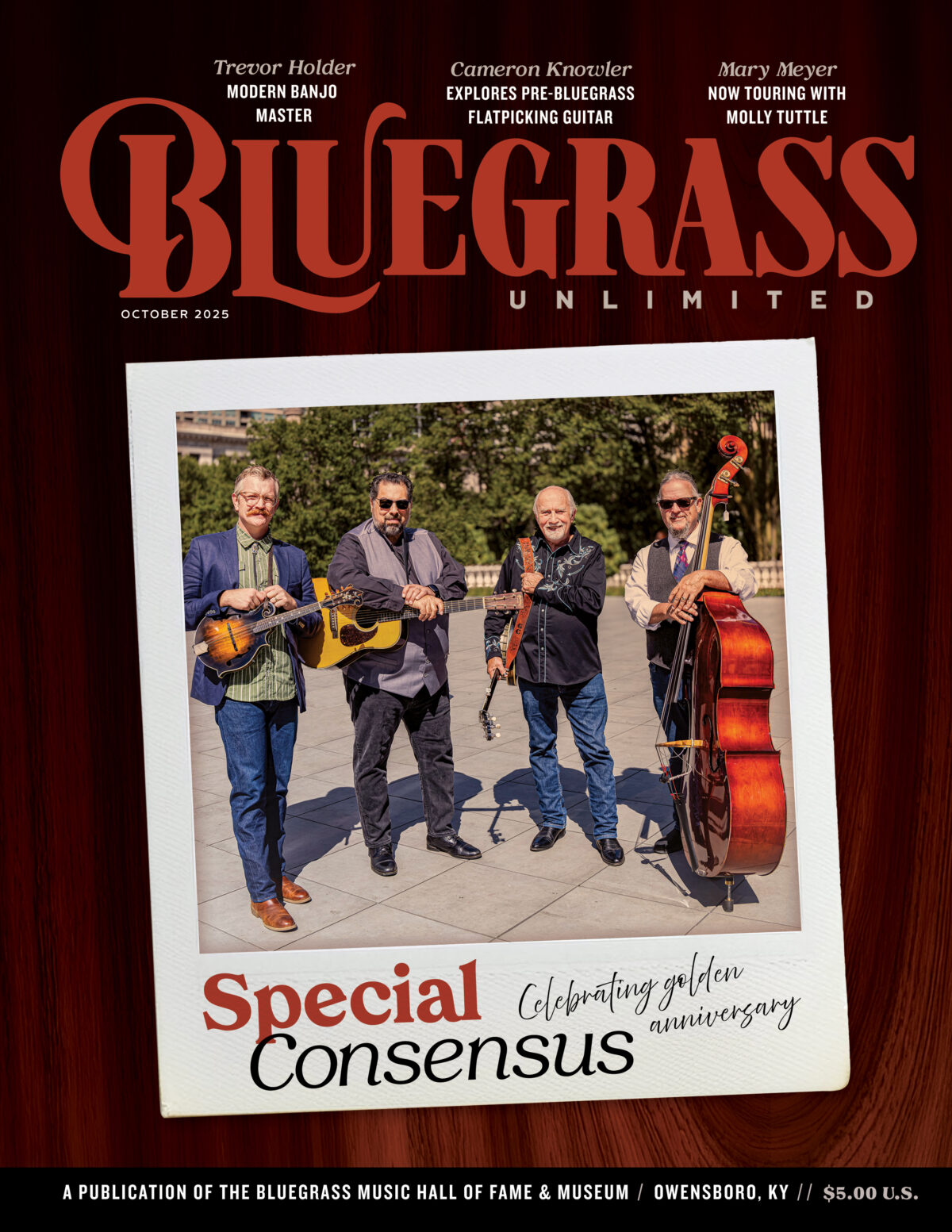THE COMPLETE 5-STRING BANJO METHOD: BEGINNING, INTERMEDIATE, MASTERING
THE COMPLETE 5-STRING BANJO METHOD:
BEGINNING, INTERMEDIATE, MASTERING
BY NED LUBERECKI
Alfred Music 44932, 44935, 44939. (Alfred Music, P.O. Box 10003, Van Nuys, CA 91410-0003, www.alfred.com.)
This three-volume set will take the student from the raw fundamentals to being a knowledgeable player with improvisational skills, if they follow the path set out by the author. The scope of these books not only teaches how to play the banjo in a bluegrass style, it teaches the student how to think like a musician. Interestingly enough, there is even a short section on clawhammer banjo in the back of the first volume.
Starting in the first volume with learning simple melodies and how to play chords to the song, it moves along quickly with adding the rolls. To this, the left-hand techniques of slides, hammer-ons and pull-offs are added. Then moveable chords and playing in different keys. By the end of the first volume, the student is playing some melodic versions of fiddle tunes and learning some basic backup skills.
In the second volume, the student will learn how to improve over typical chord progressions with standard bluegrass banjo licks. This includes licks up and down the neck. The student will learn more about improvisation using moveable chords and double-stops. They will also be introduced to the single-string style of playing.
The third volume takes the student into the heart of making it all work. Theory comes into play, and it’s very well presented here. There’s an extensive look at how chords and scales work. This volume has more analysis than the prior two, focusing the student on how to take everything they’ve learned and turn it into music.
While they are discussed here in detail, it’s interesting that there is no reference to Scruggs-style or Reno-style or Keith-style. Perhaps these pioneers are taken for granted today or those references don’t mean anything to many younger players. There’s much to recommend about these books. They are rich with information, and this information is quickly applied to a musical example. Bluegrass banjo is like musical legos. There are licks for every melodic turn. These books are full of those licks.RCB
